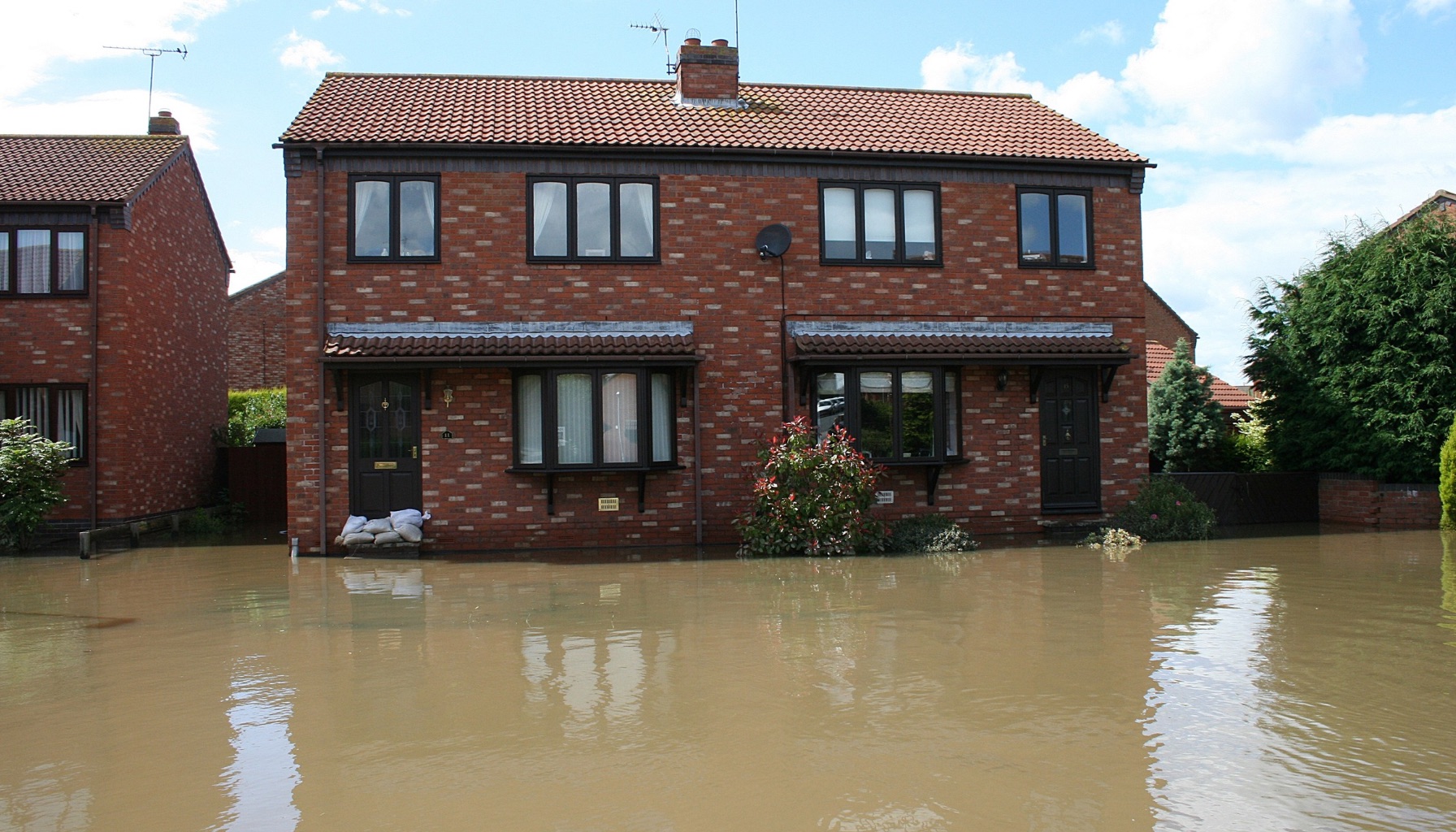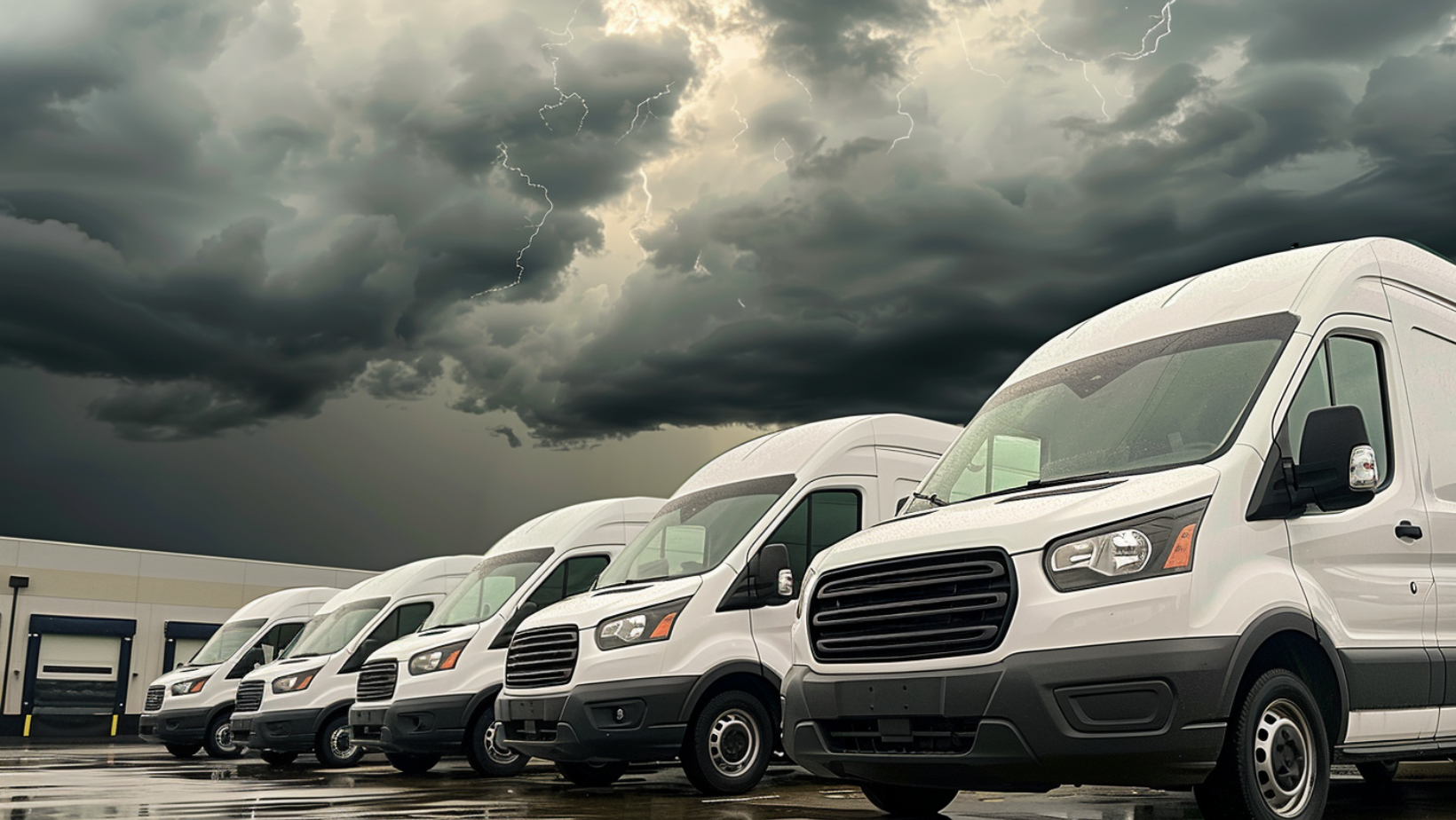How Restoration Contractors Can Prepare for Catastrophic Events
Posted March 19, 2025

In Canada, spring and summer mark the peak of catastrophic (CAT) event season for property restoration professionals. Severe weather events such as flooding, wildfires, tornadoes, and severe storms can cause widespread property damage, requiring an immediate and well-coordinated response from restoration companies.
Being proactive before disaster hits ensures your company can respond efficiently, reduce downtime, and provide seamless restoration services to affected property owners, insurers, and municipalities. This guide outlines the key strategies for preparing your restoration company for CAT season.
CAT Season in Canada: Key Periods and Risks
Spring and summer bring a range of weather-related catastrophes that require rapid mobilization from restoration professionals. The most common CAT events include:
- Flooding (March – June) – Heavy spring rains, rapid snowmelt, and rising river levels can cause severe urban and rural flooding.
- Wildfires (June – September) – Wildfire season intensifies in British Columbia, Alberta, and parts of Ontario, often leading to evacuations and widespread structural damage.
- Severe Thunderstorms & Hail (June – September) – Hailstorms, strong winds, and lightning strikes impact properties, causing roof damage, leaks, and power outages.
- Tornadoes (May – August) – Primarily affecting Ontario, the Prairies, and parts of Quebec, tornadoes can destroy homes and businesses in minutes.
- Hurricanes & Tropical Storms (August – October) – Atlantic Canada is especially vulnerable, with high winds and flooding affecting coastal communities.
For restoration companies, preparing in advance for these high-demand emergency events is critical. Waiting until a disaster happens can leave your business overwhelmed and under-resourced.
Enhance Your Emergency Response Capabilities
When a catastrophe occurs, speed is everything. Restoration companies that can mobilize quickly and efficiently will secure contracts, build stronger relationships with insurers, and provide critical support to affected communities.
Key Steps to Strengthen Your CAT Response Plan:
- Review & Update Your CAT Response Strategy – Ensure your team has a detailed response plan for major flooding, wildfire-related damage, and large-scale storm impacts. Assign clear roles and responsibilities to all staff members.
- Expand Your On-Call Crews – During peak CAT season, having 24/7 emergency response teams is essential. If needed, consider hiring subcontractors or forming temporary labour agreements to scale up.
- Stockpile Essential Equipment & Materials – Supply chain delays can be a major issue during disasters. Ensure you have dehumidifiers, air movers, pumps, containment materials, PPE, and tarps ready before high-demand periods.
- Pre-Stage Equipment in High-Risk Areas – If possible, position resources near flood-prone or wildfire-affected regions for faster deployment when needed.
Train & Certify Your Teams for Large-Loss Events
Responding to CAT events requires specialized skills and certifications. Restoration companies should ensure their teams are properly trained to handle large-loss claims, hazardous environments, and mass-scale mobilization.
Recommended Training & Certifications:
- IICRC Certifications – Ensure all technicians hold industry-standard certifications, particularly in Water Damage Restoration (WRT), Applied Structural Drying (ASD), Fire & Smoke Restoration (FSRT), and Applied Microbial Remediation (AMRT).
- Large-Loss CAT Response Training – Conduct team drills simulating flood, fire, and severe storm damage response. Ensure technicians are prepared to assess and stabilize large-scale losses efficiently.
- Emergency Communication Readiness – Provide staff with satellite phones, two-way radios, and mobile response apps to stay connected in disaster zones.
- Safety & Compliance Training – Ensure compliance with Occupational Health & Safety (OHS) standards, provincial worksite regulations, and hazardous material handling protocols.
Strengthen Your Partnerships & Supply Chain
In a CAT event, the companies with the strongest relationships will be the first to get the call. Restoration businesses must build and maintain strong connections with key stakeholders to ensure access to resources and contracts.
Build Strong Industry Relationships:
- Establish Partnerships with Local Authorities – Connect with municipal emergency management teams, fire departments, and insurance adjusters to be included in preferred vendor lists for emergency response.
- Secure Vendor & Supplier Agreements – Restoration materials, fuel, and equipment rentals often become scarce during major disasters. Pre-arrange supply agreements to ensure priority access during peak demand.
- Strengthen Relationships with Insurance Companies – Work directly with insurers and independent adjusters to streamline claims processing and secure faster approvals.
- Join a National CAT Response Network – Partnering with EMRG (Elite Mitigation & Restoration Group) allows you to scale your resources and secure more contracts by being part of a trusted national network.

Optimize Logistics & Operational Readiness
Restoration companies that can deploy quickly and operate efficiently will gain a competitive edge during CAT season.
- Develop a Deployment Strategy for Out-of-Town CAT Response – If responding to major events outside your immediate service area, plan for mobile units, fuel reserves, temporary housing, and supply chains.
- Ensure Fleet & Equipment Readiness – Perform regular maintenance on trucks, trailers, and heavy-duty restoration equipment to prevent breakdowns during critical response periods.
- Implement a Digital Job Management System – Use restoration management software to track jobs in real time, document progress, and optimize deployment.
How EMRG’s National Network Can Support Your CAT Response
During catastrophic events, restoration contractors need the right connections and resources to respond effectively. EMRG provides a trusted national network that helps businesses scale, build industry relationships, and increase visibility when it matters most.
Why Join EMRG?
- Scale Your Response Nationwide – Whether you need extra labour, equipment, or operational support, EMRG helps its members expand their CAT response capacity.
- Increase Referral Opportunities – Being part of EMRG connects you with a network of restoration professionals, creating opportunities for referrals and collaboration during large-scale events.
- Strengthen Industry Partnerships – Members benefit from direct connections with insurers, adjusters, and industry stakeholders, making it easier to secure large-loss claims.
- Access Shared Resources & Expertise – EMRG’s collaborative network ensures members can share best practices, equipment, and response strategies for greater efficiency.
- Boost Your Credibility & Visibility – Being part of EMRG signals to clients that your company meets high industry standards, is vetted, and has a proven track record of handling major disasters.
Final Thoughts
Preparing for spring and summer CAT season requires a combination of planning, investment, and industry collaboration. Restoration companies that take proactive steps in logistics, training, and industry partnerships will be best positioned to respond effectively to floods, wildfires, and major storms.
By joining EMRG, restoration professionals can scale their CAT response, access national opportunities, and strengthen their industry presence.
Contact EMRG today at info@emrg.com to discover how joining our network can help your restoration business thrive during CAT season and beyond.
